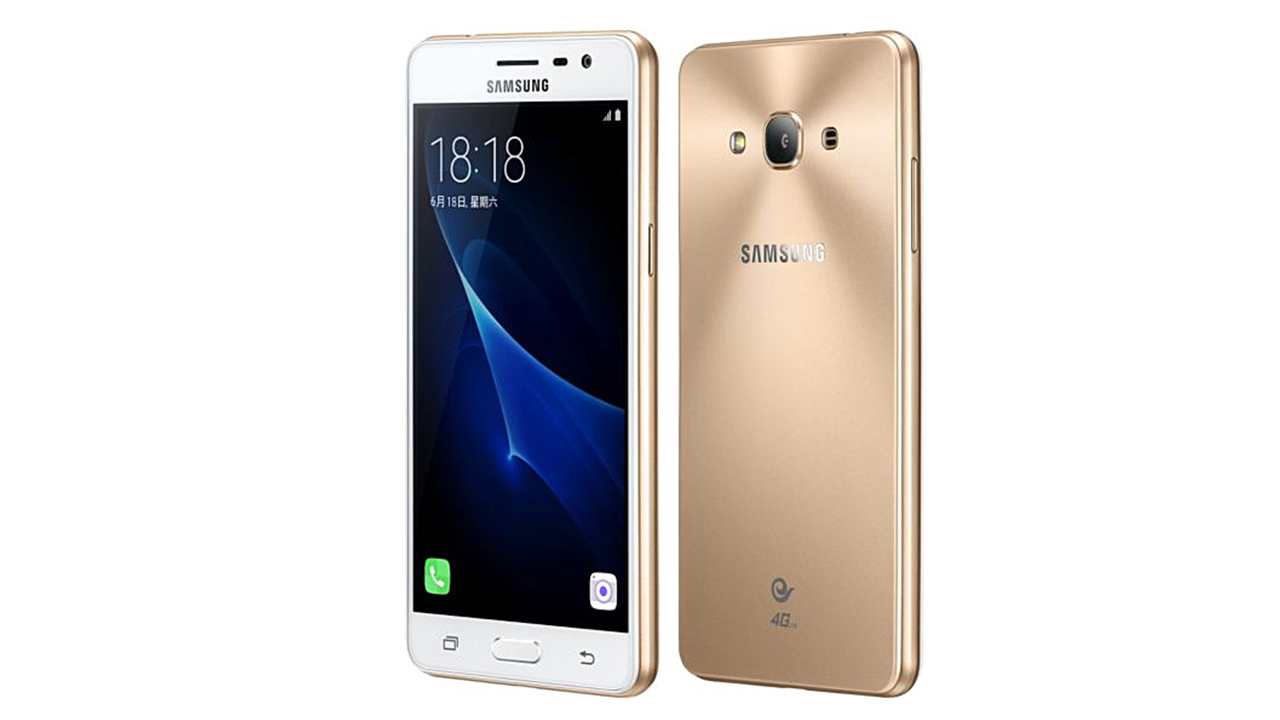Information about the brand, model and alternative names of a particular device, if any.
Design
Information about the size and weight of the device, presented in different units. Materials used, colors offered, certificates.
| Width Information about the width - it means the horizontal side of the device with its standard orientation during use. | 71.3 mm (millimeters) 7.13 cm (centimeters) 0.23 ft (feet) 2.81 in (inches) |
| Height Information about the height - it means the vertical side of the device with its standard orientation during use. | 142.2 mm (millimeters) 14.22 cm (centimeters) 0.47 ft (feet) 5.6 in (inches) |
| Thickness Device thickness information in different units measurements. | 8 mm (millimeters) 0.8 cm (centimeters) 0.03 ft (feet) 0.31 in (inches) |
| Weight Information about the weight of the device in different units. | 139 g (grams) 0.31 lbs (pounds) 4.9 oz (ounces) |
| Volume The approximate volume of the device, calculated on the basis of the dimensions provided by the manufacturer. Applies to devices with the shape of a rectangular parallelepiped. | 81.11 cm³ (cubic centimeters) 4.93 in³ (cubic inches) |
| Colors Information about the colors in which this device is offered for sale. | Golden Gray |
| Materials for the manufacture of the housing The materials used to make the device case. | Polycarbonate |
SIM card
A SIM card is used in mobile devices to store data confirming the authenticity of mobile service subscribers.
Mobile networks
A mobile network is a radio system that allows multiple mobile devices to exchange data with each other.
| GSM GSM (Global System for Mobile Communications) is designed to replace the analog mobile network (1G). For this reason, GSM is often called a 2G mobile network. It is improved by the addition of GPRS (General Packet Radio Services), and later EDGE (Enhanced Data rates for GSM Evolution) technologies. | GSM 900 MHz GSM 1800 MHz GSM 1900 MHz |
| CDMA CDMA (Code-Division Multiple Access) is a channel access method used in communications in mobile networks. Compared to other 2G and 2.5G standards like GSM and TDMA, it provides higher data transfer speeds and connectivity more consumers at the same time. | CDMA 800 MHz |
| UMTS UMTS stands for Universal Mobile Telecommunications System. It is based on the GSM standard and applies to 3G mobile networks. Developed by 3GPP and its biggest advantage is the provision of greater speed and spectral efficiency thanks to W-CDMA technology. | UMTS 850 MHz UMTS 900 MHz UMTS 2100 MHz |
| LTE LTE (Long Term Evolution) is defined as fourth-generation (4G) technology. It was developed by 3GPP based on GSM / EDGE and UMTS / HSPA in order to increase the capacity and speed of wireless mobile networks. The subsequent development of technology is called LTE Advanced. | LTE 2100 MHz LTE 2600 MHz LTE-TDD 2500 MHz (B41) |
Mobile Technologies and Data Rate
Communication between devices in mobile networks is carried out through technologies that provide different data rates.
Operating system
An operating system is a system software that controls and coordinates the operation of hardware components in a device.
SoC (System on a Chip)
The system on a chip (SoC) includes in one chip all the most important hardware components of a mobile device.
| SoC (System on a Chip) The system on a chip (SoC) integrates various hardware components, such as a processor, graphics processor, memory, peripherals, interfaces, etc., as well as the software necessary for their functioning. | Qualcomm Snapdragon 410 MSM8916 |
| Technological process Information about the technological process by which the chip is made. The value in nanometers measures half the distance between the elements in the processor. | 28 nm (nanometers) |
| Processor The main function of the processor (CPU) of a mobile device is the interpretation and execution of instructions contained in software applications. | ARM Cortex-A53 |
| CPU capacity The bit depth (bits) of the processor is determined by the size (in bits) of the registers, address buses, and data buses. 64-bit processors have higher performance compared to 32-bit ones, which, for their part, are more efficient than 16-bit processors. | 64 bit |
| Command Set Architecture Instructions are commands by which the software sets / controls the operation of the processor. Information about the instruction set (ISA) that the processor can execute. | ARMv8 |
| Zero Level Cache (L0) Some processors have L0 (level 0) cache, access to which is faster than to L1, L2, L3, etc. The advantage of having such a memory is not only higher performance, but also reduced power consumption. | 4 kB + 4 kB (kilobytes) |
| Level 1 Cache (L1) The cache is used by the processor to reduce access time to more frequently used data and instructions. L1 (level 1) cache is small and runs much faster as system memory, and other cache levels. If the processor does not find the requested data in L1, it continues to search for them in the L2 cache. With some processors, this search is performed simultaneously in L1 and L2. | 16 kB + 16 kB (kilobytes) |
| L2 Cache L2 (level 2) cache is slower than L1, but instead it has a large capacity, which allows caching of more data. She, like L1, is much faster than system memory (RAM). If the processor does not find the requested data in L2, it continues to search for them in the L3 cache (if any) or in RAM memory. | 2048 kB (kilobytes) 2 MB (megabytes) |
| The number of processor cores The processor core executes program instructions. There are processors with one, two or more cores. Having more cores increases performance by allowing multiple instructions to run in parallel. | 4 |
| CPU clock speed The processor clock speed describes its speed in cycles per second. It is measured in megahertz (MHz) or gigahertz (GHz). | 1200 MHz (megahertz) |
| Graphics processing unit (GPU) The graphics processor (GPU) handles calculations for various 2D / 3D graphics applications. IN mobile devicesah, it is most often used by games, the consumer interface, video applications, etc. | Qualcomm Adreno 306 |
| GPU clock speed Speed \u200b\u200bis the GPU clock speed, which is measured in megahertz (MHz) or gigahertz (GHz). | 400 MHz (megahertz) |
| RAM Size Random access memory (RAM) is used operating system and all installed applications. Data that is stored in RAM is lost after the device is turned off or restarted. | 2 GB (gigabytes) |
| Type of random access memory (RAM) Information about the type of random access memory (RAM) used by the device. | LPDDR3 |
| The number of channels of RAM Information about the number of RAM channels that are integrated into the SoC. More channels mean higher data rates. | Single channel |
| RAM frequency The frequency of RAM determines its speed, more specifically, the speed of reading / writing data. | 533 MHz (megahertz) |
Built-in memory
Each mobile device has a built-in (non-removable) memory with a fixed amount.
Memory cards
Memory cards are used in mobile devices to increase the amount of memory used to store data.
Screen
The screen of a mobile device is characterized by its technology, resolution, pixel density, diagonal length, color depth, etc.
| Type / Technology One of the main characteristics of the screen is the technology by which it is made and on which the image quality of the information directly depends. | Super AMOLED |
| Diagonal On mobile devices, screen size is expressed by the length of its diagonal, measured in inches. | 5 in (inches) 127 mm (millimeters) 12.7 cm (centimeters) |
| Width Approximate Screen Width | 2.45 in (inches) 62.26 mm (millimeters) 6.23 cm (centimeters) |
| Height Approximate Screen Height | 4.36 in (inches) 110.69 mm (millimeters) 11.07 cm (centimeters) |
| Aspect ratio Aspect ratio of the long side of the screen to its short side | 1.778:1 16:9 |
| Resolution Screen resolution shows the number of pixels vertically and horizontally. Higher resolution means sharper image detail. | 720 x 1280 pixels |
| Pixel density Information about the number of pixels per centimeter or inch of screen. Higher density allows you to display information on the screen with clearer details. | 294 ppi (pixels per inch) 115 ppcm (pixels per centimeter) |
| Color depth The screen color depth reflects the total number of bits used for color components in one pixel. Information about the maximum number of colors that the screen can display. | 24 bit 16777216 flowers |
| Screen Area The approximate percentage of the screen area on the front of the device. | 68.19% (percent) |
| Other characteristics Information about other functions and features of the screen. | Capacitive Multi touch |
Sensors
Different sensors perform various quantitative measurements and convert physical indicators into signals that the mobile device recognizes.
Main camera
The main camera of a mobile device is usually located on the back of the case and is used for photo and video shooting.
| Sensor type Digital cameras use photo sensors for taking pictures. A sensor, as well as optics, are one of the main factors of camera quality in a mobile device. | CMOS (complementary metal-oxide semiconductor) |
| Diaphragm | f / 2.2 |
| Flash type The most common types of flashes in the cameras of mobile devices are LED and xenon flashes. LED flashes give a softer light and, unlike brighter xenon ones, are also used for video recordings. | LED |
| Image resolution One of the main characteristics of the cameras of mobile devices is their resolution, which shows the number of pixels horizontally and vertically. | 3264 x 2448 pixels 7.99 MP (megapixels) |
| Video resolution Information about the maximum supported resolution when shooting a video device. | 1920 x 1080 pixels 2.07 MP (megapixels) |
Information about the maximum number of frames per second (fps) supported by the device when shooting movies with maximum resolution. Some of the main standard shooting and video playback speeds are 24p, 25p, 30p, 60p. | 30 frames / sec (frames per second) |
| Specifications Information about other software and hardware features related to the main camera and improving its functionality. | Autofocus Burst shooting Digital zoom Digital image stabilization Geographical tags Panoramic shooting HDR shooting Touch focus Face recognition White balance setting ISO setting Exposure Compensation Self-timer Scene select mode |
Additional camera
Additional cameras are usually mounted above the device’s screen and are mainly used for video calls, gesture recognition, etc.
| Diaphragm Aperture (f-number) is the size of the aperture opening, which controls the amount of light reaching the photosensor. A lower f-number means that the aperture is larger. | f / 2.2 |
| Image resolution Information about the maximum resolution of the secondary camera when shooting. In most cases, the resolution of the secondary camera is lower than that of the main camera. | 2560 x 1920 pixels 4.92 MP (megapixels) |
| Video resolution Information about the maximum supported resolution when shooting video with an additional camera. | 640 x 480 pixels 0.31 MP (megapixels) |
| Video - frame rate / frames per second. Information about the maximum number of frames per second (fps) supported by the optional camera when shooting movies with maximum resolution. | 30 frames / sec (frames per second) |
Audio
Information about the type of speakers and audio technologies supported by the device.
Radio
The mobile radio is a built-in FM receiver.
Positioning
Information about the navigation and location technologies supported by the device.
Wifi
Wi-Fi is a technology that provides wireless connectivity for transferring data over short distances between different devices.
Bluetooth
Bluetooth is a standard for secure wireless data transfer between different devices of different types over short distances.
| Version There are several versions of Bluetooth, with each subsequent one improving communication speed, coverage, and facilitating easier detection and connection of devices. Information about the Bluetooth version of the device. | 4.1 |
| Specifications Bluetooth uses different profiles and protocols that provide faster data exchange, energy saving, improved device discovery, etc. Some of these profiles and protocols that the device supports are shown here. | A2DP (Advanced Audio Distribution Profile) AVRCP (Audio / Visual Remote Control Profile) DIP (Device ID Profile) HFP (Hands-Free Profile) HID (Human Interface Profile) HSP (Headset Profile) MAP (Message Access Profile) OPP (Object Push Profile) PAN (Personal Area Networking Profile) PBAP / PAB (Phone Book Access Profile) |
USB
USB (Universal Serial Bus) is an industry standard that allows various electronic devices to exchange data.
Headphone jack
This is an audio connector, which is also called an audio jack. The most widely used standard on mobile devices is the 3.5mm headphone jack.
Device connection
Information about other important connection technologies supported by the device.
Browser
A web browser is a software application for accessing and viewing information on the Internet.
| Browser Information about some basic features and standards supported by the device’s browser. | HTML HTML5 CSS 3 |
Sound file formats / codecs
Mobile devices support different formats and codecs for audio files, which respectively store and encode / decode digital audio data.
Video file formats / codecs
Mobile devices support different formats and codecs for video files, which respectively store and encode / decode digital video data.
Battery
Mobile device batteries differ in capacity and technology. They provide the electrical charge necessary for their functioning.
| Capacity The battery capacity indicates the maximum charge that it can save, measured in milliampere-hours. | 2600 mAh (milliampere-hours) |
| A type The type of battery is determined by its structure and, more precisely, the chemicals used. There are different types of batteries, and most often in mobile devices, lithium-ion and lithium-ion-polymer batteries are used. | Li-ion (Li-ion) |
| 2G talk time Talk time in 2G is the period of time for which the battery charge is completely discharged during a continuous conversation in a 2G network. | 20 h (hours) 1200 min (minutes) 0.8 days |
| 2G Standby Time Standby time in 2G is the period of time for which the battery charge is completely discharged when the device is in standby mode and connected to a 2G network. | 303 h (hours) 18180 min (minutes) 12.6 days |
| 3G talk time Talk time in 3G is the period of time for which the battery charge is completely discharged during a continuous conversation in a 3G network. | 18 h (hours) 1080 min (minutes) 0.8 days |
| 3G latency Standby time in 3G is the period of time for which the battery charge is completely discharged when the device is in standby mode and connected to a 3G network. | 303 h (hours) 18180 min (minutes) 12.6 days |
| Specifications Information about some additional features of the device’s battery. | Removable |
Specific Absorption Rate (SAR)
The SAR level is the amount of electromagnetic radiation absorbed by the human body when using a mobile device.
| SAR Level for the head (EU) SAR level indicates maximum amount electromagnetic radiationwhich the human body is exposed to when holding the mobile device next to the ear in a position for a conversation. In Europe, the maximum allowable SAR value for mobile devices is limited to 2 W / kg per 10 grams of human tissue. This standard established by CENELEC in accordance with IEC standards, following ICNIRP guidelines of 1998. | 0.488 W / kg (Watts per kilogram) |
| Body SAR Level (EU) The SAR level indicates the maximum amount of electromagnetic radiation that the human body is exposed to when holding the mobile device at hip level. The maximum allowable SAR value for mobile devices in Europe is 2 W / kg per 10 grams of human tissue. This standard is established by the CENELEC committee in compliance with ICNIRP guidelines of 1998 and IEC standards. | 1.28 W / kg (Watts per kilogram) |
Samsung continues to expand the J line, which includes the most affordable smartphones of the Korean manufacturer. More recently, this family has replenished with a device called the Galaxy J3 Pro, this is an improved version of the regular model. The freshly baked smartphone has acquired a number of improvements, including a changed appearance in accordance with the new design concept of the brand’s budget devices, a different processor and an increased amount of memory. Get to know this device closer.
Design, materials and display Samsung Galaxy J3 Pro
The smartphone, as already mentioned, outwardly transformed, so you can not confuse it with the Galaxy J3 model. The fresh device looks much more solid than its predecessor. When you look at the new product, the feeling that the device is in metal is still in place, however, this is not so. This budget employee is entirely clad in a plastic case, more precisely, in polycarbonate with an imitation of premium material. Like the previous model, this smartphone is very convenient to hold, since the diagonal of the display is small, and the edges are rounded. Buyers are provided with two types of color design - golden and silver. The size and weight of the changes have not practically undergone. So, the dimensions of the Galaxy J3 Pro do not exceed 142.2 × 71.3 × 8 mm, while the weight is 139 grams.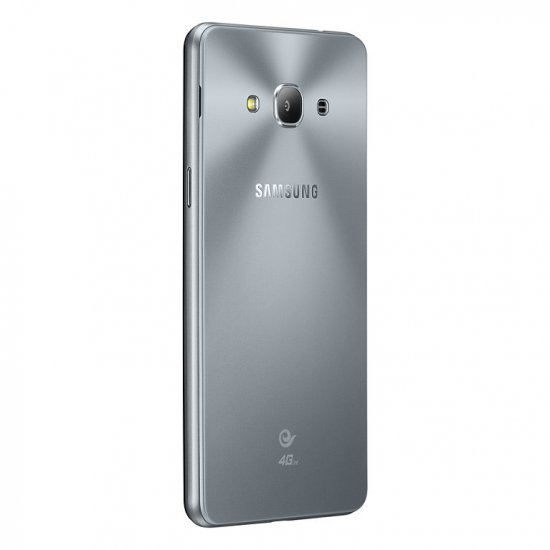
The location of the various elements on the case remains the same. The front panel is covered with glass, under which there is a display, occupying 68 percent of the surface. Above the screen are the front camera peephole, earpiece, sensors and the manufacturer’s logo. A central mechanical key, traditional for Samsung products, is placed under it, and on the sides of it are touch buttons “Back” and “Menu”. On the right edge there is only a power button, and on the left only a solid volume rocker. A microUSB v2.0 connector and a microphone are placed on the lower end. At the top edge, a 3.5 mm headset output found its place. The back of the smartphone has a nice texture, here the main camera lens, LED backlight and a multimedia speaker are installed. The photomodule, which is important, now does not protrude above the surface.
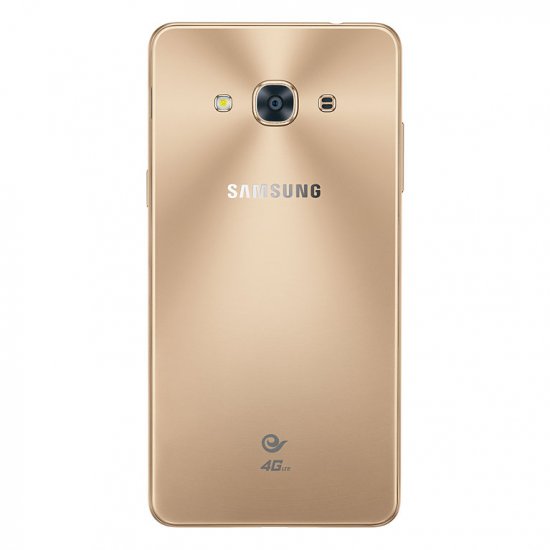
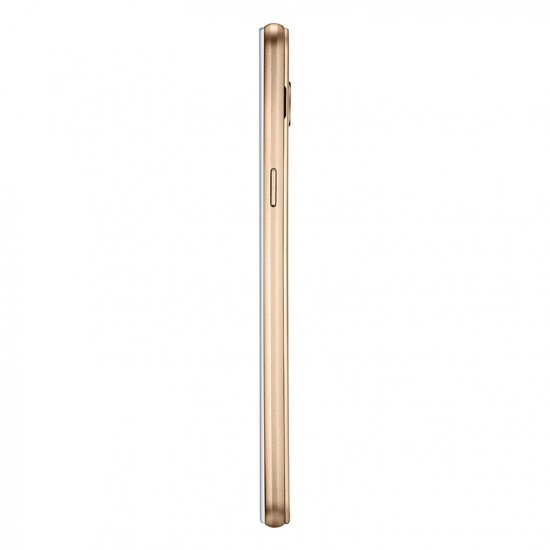
Despite the positioning of the smartphone, it is equipped with a very high-quality screen. It was based on the SuperAMOLED matrix with good viewing angles, contrast and brightness level. Pixelization is almost imperceptible, since a resolution of 1280 × 720 pixels is used. This, of course, is not Full HD, but this is more than enough for reading and watching videos with comfort. By the way, the pixel density here is 294 ppi. The diagonal of the display is 5 inches.
Characteristics Samsung Galaxy J3 Pro
And now we have come to the most interesting, since when choosing an inexpensive smartphone, most people turn their attention, first of all, to its technical component. Galaxy J3 Pro received controversial hardware. Yes, the Snapdragon 410 64-bit chipset installed here is better than in the regular version of this model, but it is already rather weak by modern standards. This processor contains four cores of 1.2 GHz; in conjunction with it is the Adreno 306 module.![]()
The filling of the device is not impressive, but the power reserve is enough for simple tasks. RAM the manufacturer brought up to 2 GB, and the storage increased to 16 GB, which is very good for a state employee. The device has a separate slot for a microSD card, so the storage can be expanded up to 256 GB. Also pleasing is the presence of a wide range of wireless interfaces, which is characteristic of more smartphones of a higher class. The equipment includes not only Wi-Fi and Bluetooth 4.1 standards, but also NFC to pay for purchases. GPS and GLONASS modules will not let you get lost. A version with two slots for microSIM cards will be available. 4G frequencies are supported. For autonomy in this gadget, a removable battery with a resource of 2600 mAh is responsible. Considering the not very powerful hardware platform and low screen resolution, one can hope for a good working time on a single charge. Functions "OSes" assigned to the platform Android 5.1 Lollipop, there is a shell.
Special attention should be paid to the photographic capabilities of the new product, since their level is quite good for a smartphone belonging to the budget segment. The rear camera is equipped with an 8 megapixel sensor with aperture of f / 2.2, there is a bright LED flash and good-quality autofocus. It supports recording videos in 1080p. Frontalka is endowed with a resolution of 5 megapixels and an aperture of f / 2.2.
Conclusion
A smartphone, of course, is able to compete for a place in the sun, despite the average characteristics. Big advantage Samsung Galaxy J3 Pro is a price tag that is within $ 150. For such a price, the device can be a very attractive option for budget buyers, because the design here is quite good, like the camera. But if you put higher demands on the device in terms of performance, you should pay attention to more expensive solutions.Koreans recently pleased with another inexpensive new product, introducing samsung smartphone Galaxy J3 Pro. It differs from the original model by a faster processor and a large amount of memory.
The official presentation of the device was held on June 6 in China, in the very near future Samsung representatives promise to open a pre-order for a new model, and soon residents of other countries will be able to buy the Galaxy J3 Pro. An inexpensive, but high-quality and powerful enough smartphone for its class has good chances not only in the Celestial Empire, but also in other countries of the world.
It is worth noting that the Samsung Galaxy J3 Pro is far from the first smartphone of the Korean giant, which starts in China (model number J3119). As we can see, despite the Chinese electronics manufacturers, Samsung products are successfully sold on the local market.
The recent announcement of other new products - this also confirms. And now J3 Pro has been added to them. Moreover, unlike the first ones, the novelty should appear in other countries in the very near future.
Galaxy J3 Pro Review
As we said above, in comparison with the basic version of the Samsung Galaxy J3, its “professional” version has become faster and “more voluminous" (meaning not the dimensions, but the amount of internal memory). Two color options are currently available: white-golden and black-silver.
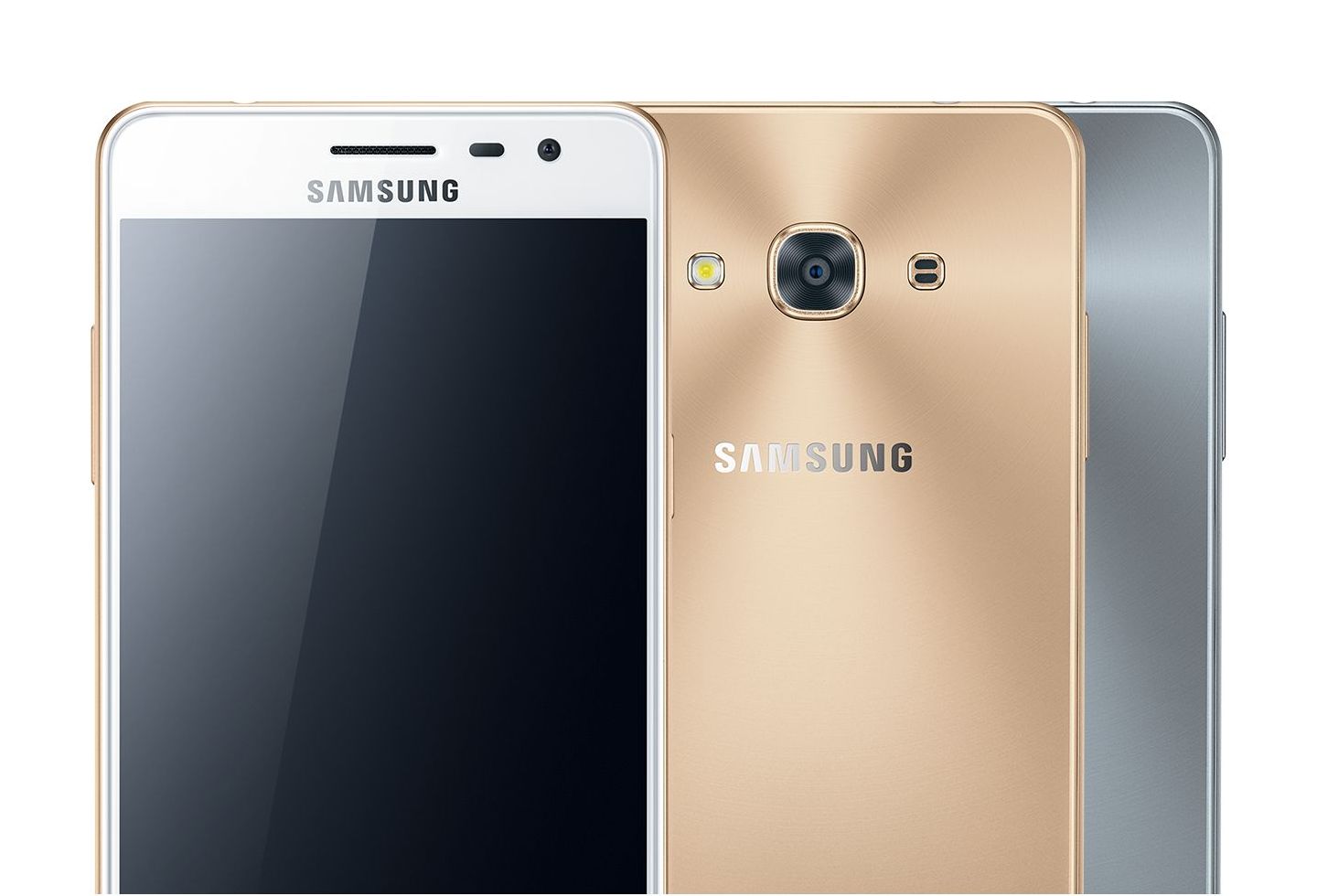
Specifications J3 Pro
Here we can say the following. New Galaxy J3 Pro is a typical “budget”, about any outstanding features we are not talking for a completely understandable reason. However, it is a well-balanced and quality product. Thanks to this, he can successfully compete even in the Chinese market with countless Chinese crafts based on cheap and slow MediaTek chips.
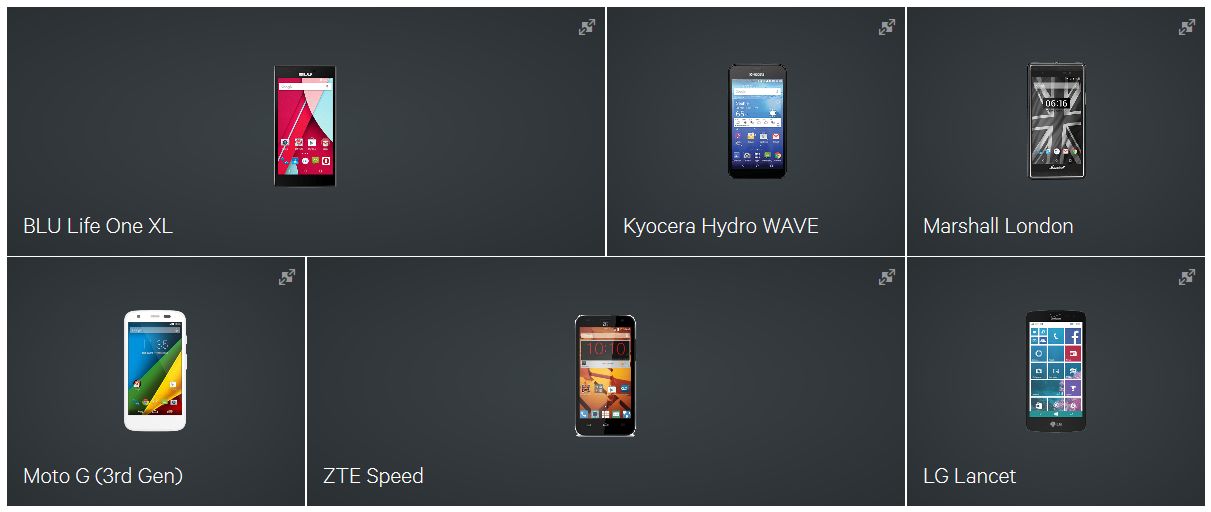
Affordable Odnoklassniki Samsung Galaxy J3 Pro
Moreover, if you compare the Samsung Galaxy J3 Pro with flagships like the Galaxy S7, then the “state employee” even has its own advantages. For example, it is available both in versions with one SIM-card, and with two - Duos, but the slot for the memory card is not combined with the second card of the mobile operator, but a separate one.
The Galaxy J3 Pro also has a removable battery with a capacity of 2 650 mAh. This is more than last year flagship Galaxy S6, while the battery can be easily replaced on occasion. When the Chinese stamp their inexpensive “iPhone killers,” copying almost everything around Apple, they often forget that buyers of budget devices have completely different requests.
In general, thanks to a fairly capacious battery and a “quiet” processor, the Samsung Galaxy J3 Pro is simply ideal for listening to music and watching movies on the go. Compared to the same Galaxy S6, it will need to be recharged much less frequently.

In addition, the novelty supports 4G LTE, which not every cheap Chinese smartphone can boast of. There is also support for CDMA / CDMA 2000, though only for China (Galaxy J3 Pro J3119).
"Iron"
Communication
| Technology | GSM / CDMA / HSPA / EVDO / LTE |
|---|---|
| 2G networks | GSM 850/900/1800/1900 - SIM 1 & SIM 2 (dual-SIM model only) |
| CDMA 800 - J3119 | |
| 3G networks | HSDPA 850/900/1900/2100 - J3119 |
| CDMA2000 1xEV-DO - J3119 | |
| 4G networks | LTE band 1 (2100), 3 (1800), 5 (850), 7 (2600), 8 (900), 20 (800) |
| LTE band 1 (2100), 3 (1800), 7 (2600), 41 (2500) - J3119 | |
| Data rate | HSPA 42.2 / 5.76 Mbps, LTE Cat4 150/50 Mbps |
| Gprs | Yes |
| EDGE | Yes |
Screen
Camera
Interfaces
Software
Externally, the Samsung Galaxy J3 Pro looks very stylish compared to the previous plastic “remnants” of the Korean company: there is a high-quality metal case with rounded corners, the form factor of a classic smartphone with a screen diagonal of 5 inches, and the main camera lens hardly protrudes, which can not be said. last year’s flagship Galaxy Note 5 (though Note 6 seems to be).
